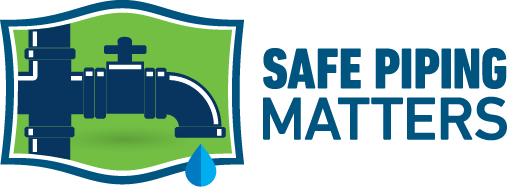How Do Microplastics Enter the Water Supply?
Microplastics are small pieces of plastic less than five millimeters in length and represent a serious threat to the safety of our water. Microplastics release toxic chemicals, are consumed by both people and animals, and are prevalent throughout North America’s water infrastructure. How does all this plastic find its way into our water?
Creating a Microplastic
Microplastics come from everyday plastic products that wear down over time. Eventually, plastic fragments find their way into the environment and our water. All plastic products produce microplastics, like bags, bottles, toothbrushes, vinyl siding, and plastic piping.
Plastic is unnatural and will never biodegrade. Instead, it continuously breaks. Plastic breaks apart when exposed to the sun, water and other natural forces. Eventually, a plastic product is reduced to thousands of pieces only a few millimeters in length, known as microplastics.
Microplastic Sources
Today’s society heavily depends on plastics. Unfortunately, the lack of plastic recycling or reuse means plastic waste is discarded into bodies of water that humans use or drink from.
This is especially true for Asia, where rapidly expanding economies generate enormous waste. Just 10 rivers carry 90 percent of plastic pollution into the ocean, eight of which are in Asia. Although this may occur on the other side of the world, the ocean is shared. Waste build up in one area will inevitably have an impact in all areas.
However, it’s not just the oceans that are impacted; freshwater reserves are damaged, too. According to the United States Geological Survey, the rivers feeding the Great Lakes are heavily polluted with still-formed plastic products and microplastics.
The issue may be further intensified by the installation of plastic piping systems. Running water breaks down plastic pipes over time, fast-tracking microplastics to their end use. This includes drinking, cooking and showering. Also, microplastics may end up in wastewater treatment streams that are not designed to remove them.
Reaching Consumption
Microplastics come from everyday plastic products that wear down over time. Eventually, plastic fragments find their way into the environment and our water. All plastic products produce microplastics, like bags, bottles, toothbrushes, vinyl siding, and plastic piping.
Plastic is unnatural and will never biodegrade. Instead, it continuously breaks. Plastic breaks apart when exposed to the sun, water and other natural forces. Eventually, a plastic product is reduced to thousands of pieces only a few millimeters in length, known as microplastics.
